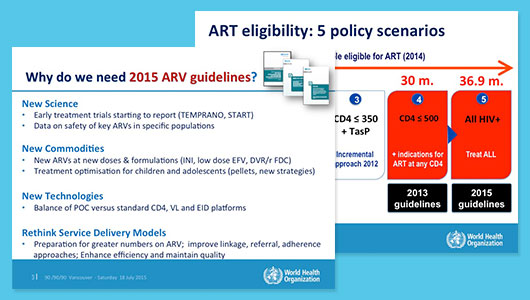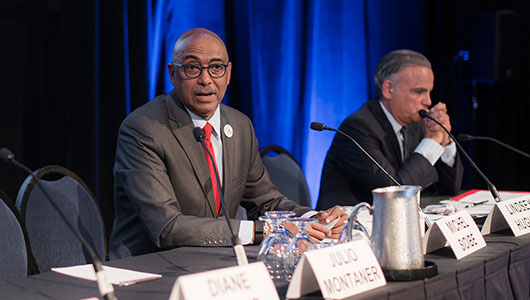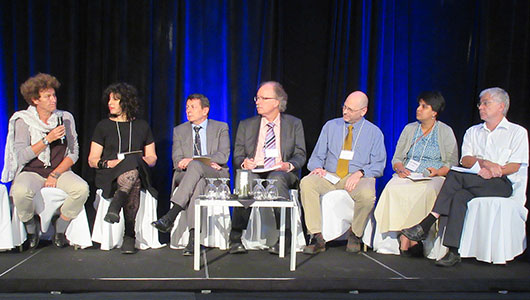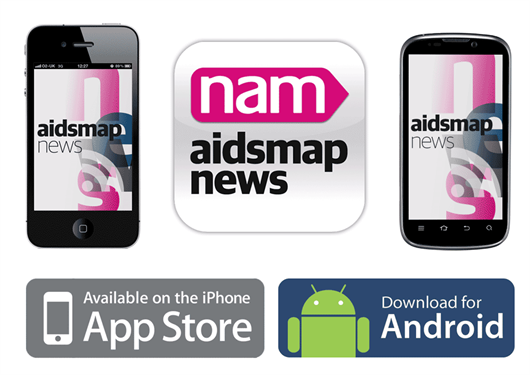
Conference co-chair, Julio Montaner, at the Opening Session of IAS 2015, with a Native blanket received as a gift. Photo ©Steve Forrest/Workers' Photos/IAS
Leading figures in the HIV response have endorsed a call for immediate access to antiretroviral therapy for all people upon diagnosis with HIV, on the opening day of the Eighth International AIDS Society Conference on HIV Pathogenesis, Treatment and Prevention (IAS 2015) in Vancouver, Canada.
The Vancouver Consensus Statement has been endorsed by leaders of major agencies including the Global Fund to Fight AIDS, Tuberculosis and Malaria, the US President's Emergency Plan for AIDS Relief (PEPFAR) and the Joint United Nations Programme on HIV/AIDS (UNAIDS), and is intended to place pressure on donors and governments to support expanded HIV treatment and prevention.
The statement calls for immediate access to antiretrovirals and for access to pre-exposure prophylaxis (PrEP) for those at high risk of HIV exposure, and urges rapid progress towards the implementation of new scientific evidence.
Professor Chris Beyrer of Johns Hopkins University told delegates, “Let this be the conference where the question of when to start treatment stops being a scientific question and starts being a question of finance and political will.”











Connect with NAM on Facebook: Keep up to date with all the exciting projects, latest achievements and new developments that are going on in the world of NAM.
Follow NAM on twitter for links to hot off the press news stories from our editors covering key developments and conferences as they happen. Our news feed is linked to www.twitter.com/aidsmap_news and we also tweet from www.twitter.com/aidsmap.
Follow all the conference news by subscribing to our RSS feeds.